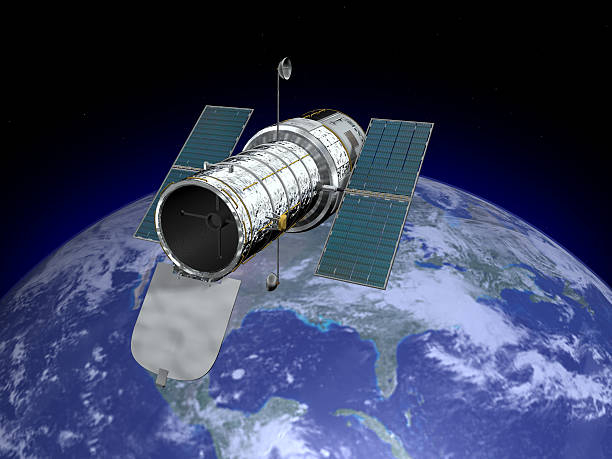What has the Hubble Space Telescope discovered?
The Hubble Space Telescope (abbreviated HST or Hubble) is a space telescope that was deployed into low Earth orbit in 1990 and is still operational today. It was not the first space telescope, but it is one of the largest and most flexible, known for its importance as a scientific instrument as well as a public relations boon for astronomy. The Hubble Space Telescope is one of NASA's Great Observatories and is named after astronomer Edwin Hubble. The Goddard Space Flight Center (GSFC) oversees the spacecraft while the Space Telescope Science Institute (STScI) picks Hubble's targets and examines the resultant data.
The Hubble Space Telescope transmits around 120 terabytes of research data every week, according to NASA. Among its numerous discoveries, the HST has determined that the universe is 13 to 14 billion years old. The telescope was also instrumental in the discovery of dark energy, a factor that accelerates the expansion of the universe. The HST has revealed scientists galaxies in their "baby" phases of development, which has helped them comprehend how galaxies originate. It discovered protoplanetary disks, which are clusters of gas and dust around young stars and are thought to be the birthplace of new planets. It also found that gamma-ray bursts—extremely intense energy explosions—occur in faraway galaxies when big stars collide.












